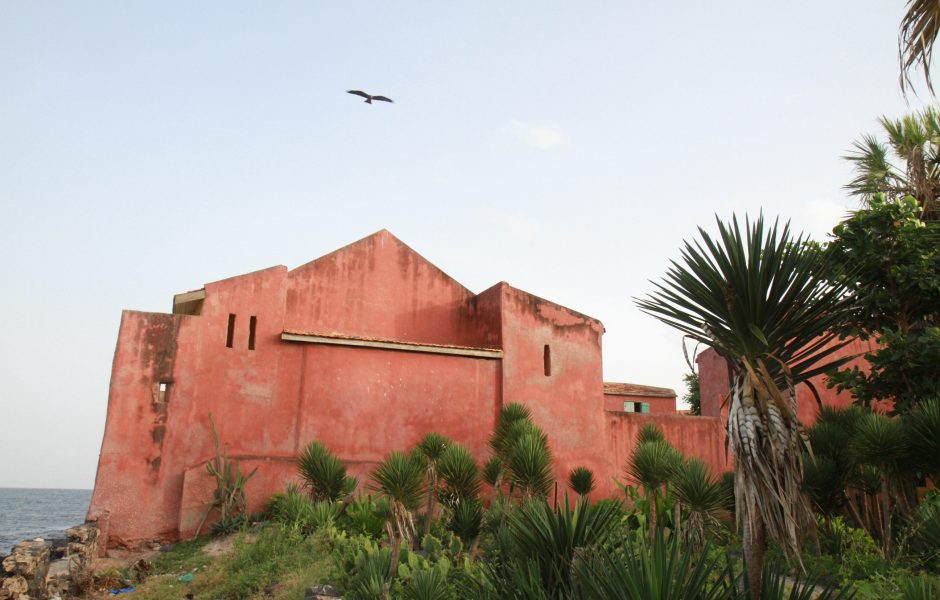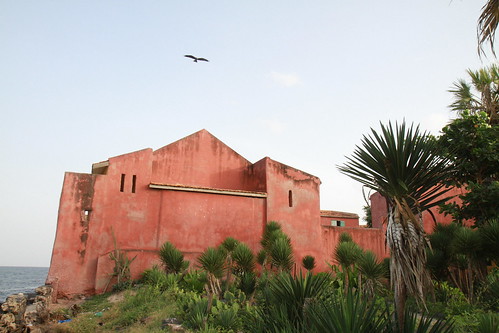The point of no return


I can’t fathom a time when a child’s worth was determined by the condition of his or her teeth. But in Senegal during the slave trade, children were judged just as mules were–by looking at their chompers.
Captive men had to be over 130 pounds to be eligible for the slave market, so those who didn’t qualify were fattened up before auction.
Although slavery existed in West Africa for many centuries, it was the Portuguese that took it global, shipping people to spots all over the Americas, but more specifically to work in the large commercial sugar estates in Brazil.
Other European countries, including France, The Netherlands and Britain, joined in and fought against each other over control of the slave trade.
Between the 16th and 19th centuries, nearly 20 million Africans were captured as slaves; and many of them passed through the doors at the Maison des Esclaves on Goree Island, which is located a 30-minute ferry ride from downtown Dakar (Cost = $10).
These days, Goree is a postcard-perfect place and a great place to go to get away from the hustle and bustle of the big city. Next to the ferry terminal on the island there is a small beach lined with umbrella-topped tables, where you can grab a refreshing beverage or take a dip in water.
Wander up the rue de Castel to see artists displaying their paintings or
hand-carved wood sculptures. At the top of the hill is the foundations of an old fortress or “castel.” Grabbing lunch at the top, you can see giant boats coming into to Dakar’s busy seaport.


Write a Reply or Comment